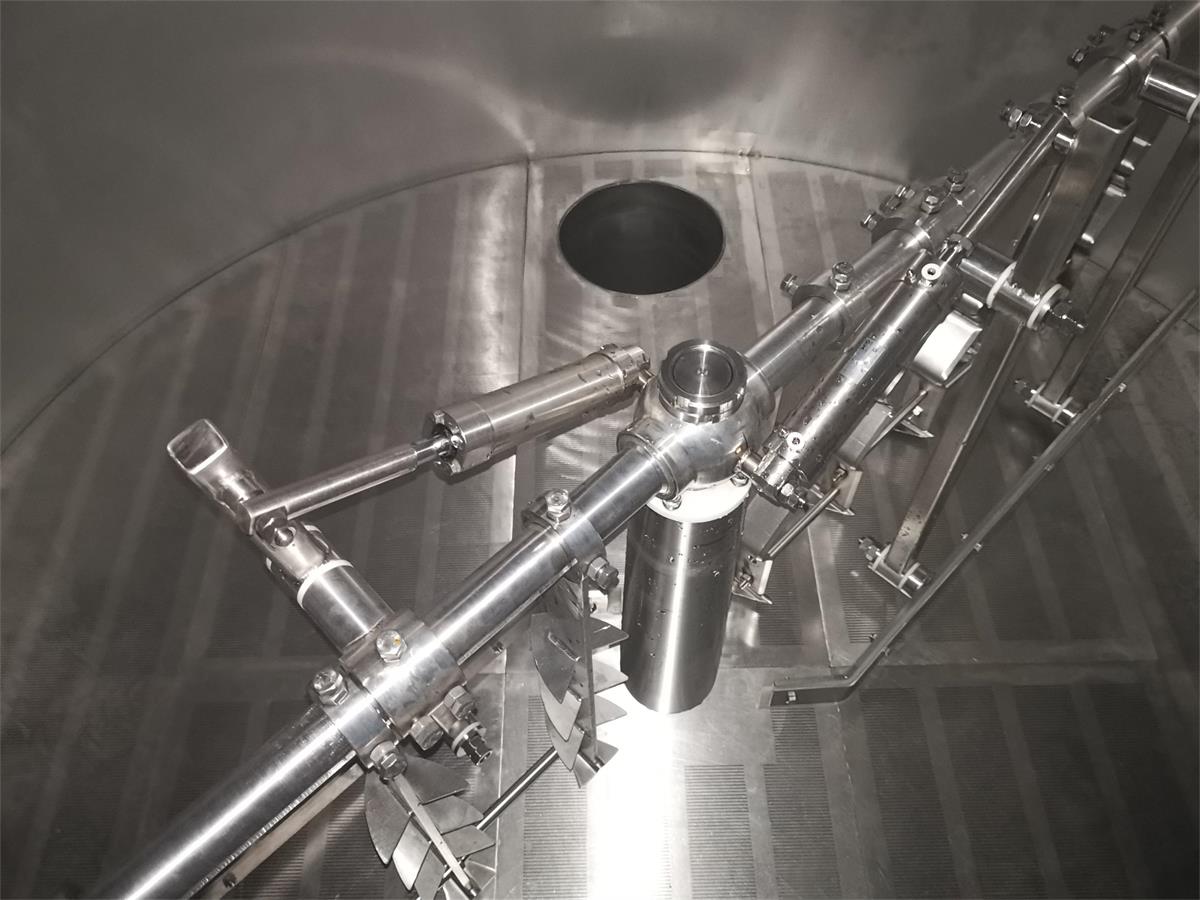5 Barrel Brewing System
Brewing beer is as much an art as it is a science, and for many craft breweries, the 5-barrel brewing system stands at the heart of their operation. Are you curious about how this equipment can transform your brewing journey? Whether you’re a seasoned brewer or an enthusiastic newcomer, understanding the ins and outs of this brewing system is crucial. In this comprehensive guide, we’ll dive deep into everything you need to know about a 5-barrel brewing system — from its capacity and design to troubleshooting common issues, and even comparing suppliers. Let’s brew some knowledge!
Overview of a 5 Barrel Brewing System
Imagine brewing up to 155 gallons of beer in one batch. That’s the power of a 5-barrel brewing system. Perfect for small to medium-sized breweries, this system balances efficiency with the artisanal touch that defines craft beer. But what makes it such a game-changer? These systems are known for their manageable size, customizable features, and ability to maintain consistent quality in each brew. They typically include components like a mash tun, lauter tun, brew kettle, and fermentation tanks.
Here’s the deal: investing in a 5-barrel brewing system is not just about buying equipment; it’s about embracing a brewing philosophy. These systems are scalable, meaning they’re perfect for brewers aiming to grow without taking a massive leap. Plus, they’re versatile enough to experiment with recipes, allowing you to find your brewery’s signature flavor.
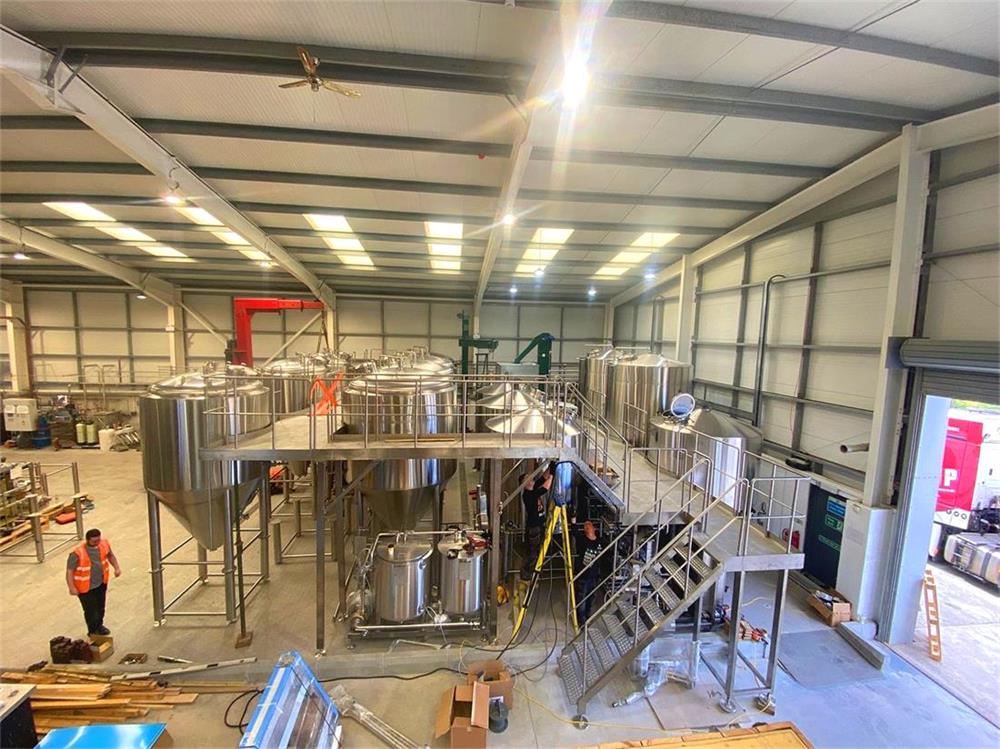
Brewing Process with a 5 Barrel Brewing System
Brewing beer might seem magical, but it’s a well-choreographed dance of ingredients and equipment. Let’s break it down:
- Mashing: The process begins in the mash tun, where malted grains are mixed with hot water to activate enzymes that convert starches into fermentable sugars.
- Lautering: Next, the liquid (now called wort) is separated from the grain solids in the lauter tun. This step ensures you get a clean, sugar-rich wort.
- Boiling: The wort is transferred to the brew kettle and boiled. This step sterilizes the liquid and allows hops to be added for bitterness and aroma.
- Fermentation: After cooling, the wort moves to fermentation tanks. Yeast is added, and the magic happens. Sugars are transformed into alcohol and CO2, creating beer!
- Conditioning: Finally, the beer matures and develops its flavor profile before being carbonated and packaged.
Troubleshooting Common Issues with Beer Fermenters
Even with a robust 5-barrel system, hiccups happen. Let’s tackle some common issues and solutions:
- Temperature Fluctuations: Fermentation temperature is critical. Invest in glycol cooling systems for precise control.
- Contamination: Cleanliness is non-negotiable. Use caustic cleaners and sanitizers regularly.
- Stuck Fermentation: Check yeast viability and ensure oxygenation during wort transfer.
- Over-Pressurization: Install pressure relief valves to avoid accidents and maintain safety.
Remember, brewing isn’t just science; it’s problem-solving. Stay proactive and attentive to avoid costly mistakes.
Comparison of Features and Customization Options
| Feature | Details |
|---|---|
| Capacity | 155 gallons per batch; ideal for small to medium-sized breweries. |
| Design | Modular systems with compact footprints to fit various spaces. |
| Layout | Configurable layouts to suit workflow and available space. |
| Customization | Add-ons like automated controls, additional fermenters, or whirlpool kettles are available. |
Suppliers and Price Range for 5 Barrel Brewing Systems
| Supplier | Price Range | Features |
|---|---|---|
| BrewTech | $30,000 – $50,000 | Known for durability and advanced automation. |
| Stout Tanks | $28,000 – $45,000 | Offers highly customizable systems. |
| Premier Stainless | $35,000 – $60,000 | Premium materials with exceptional customer support. |
| Blichmann Engineering | $25,000 – $40,000 | Great for budget-conscious buyers without sacrificing quality. |

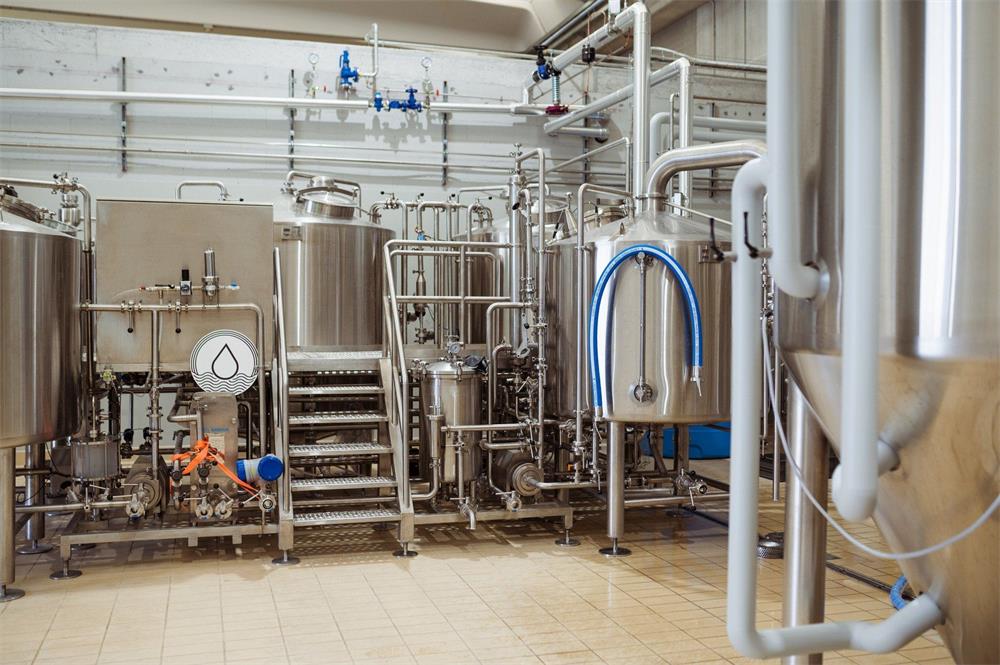

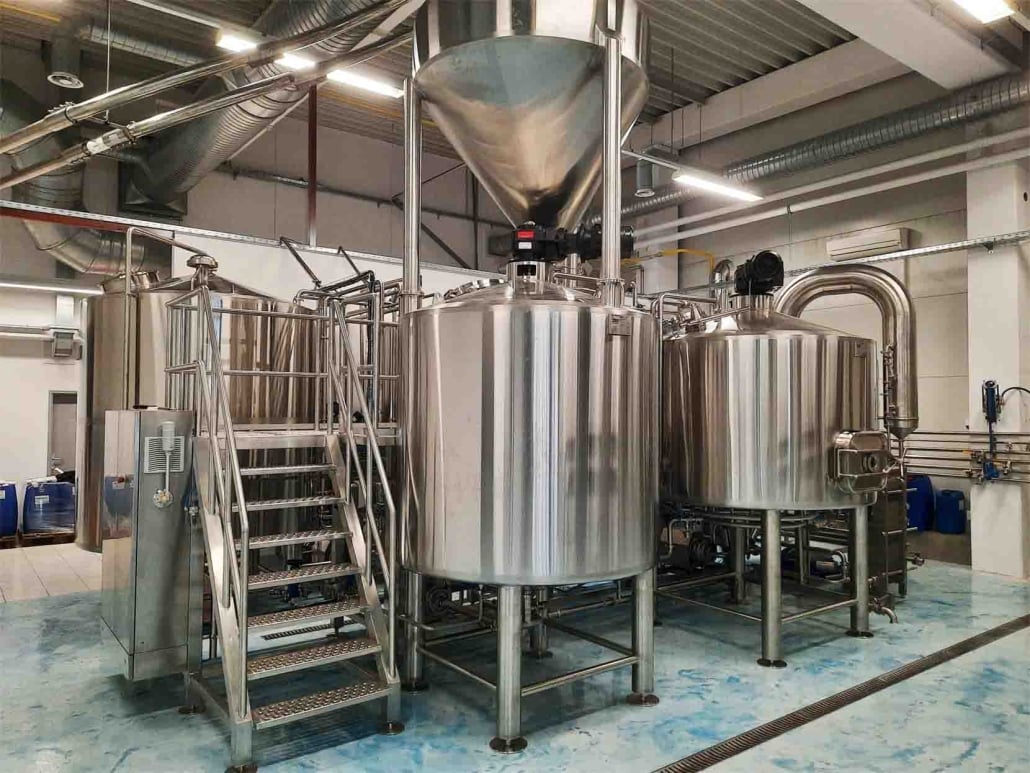
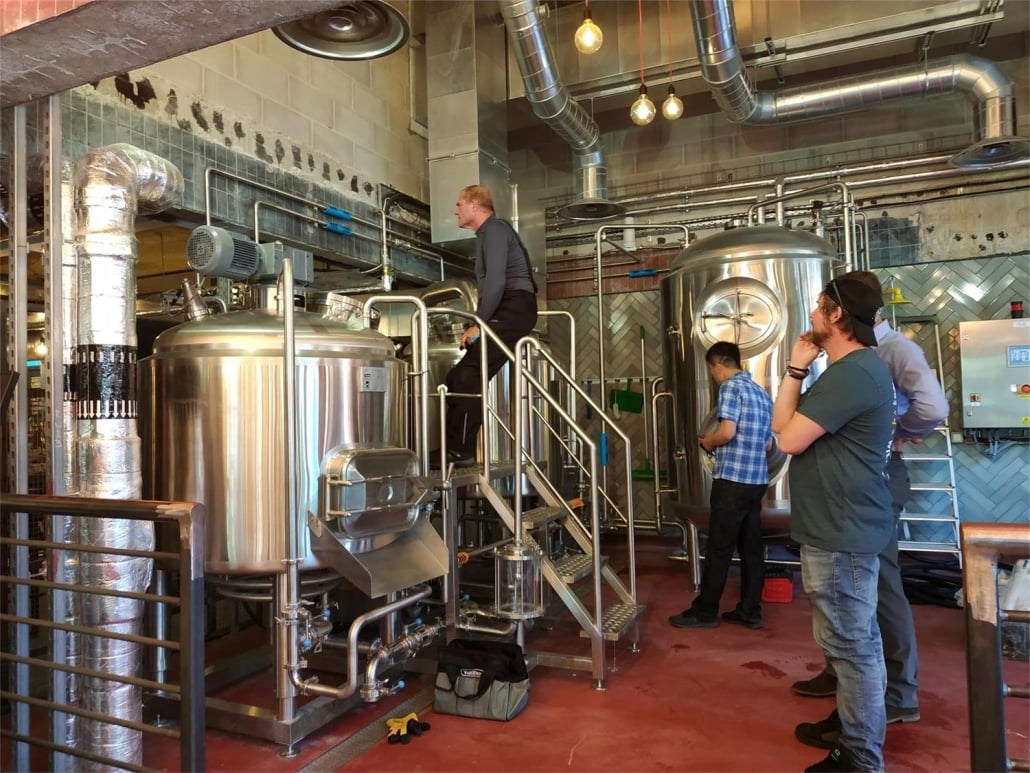
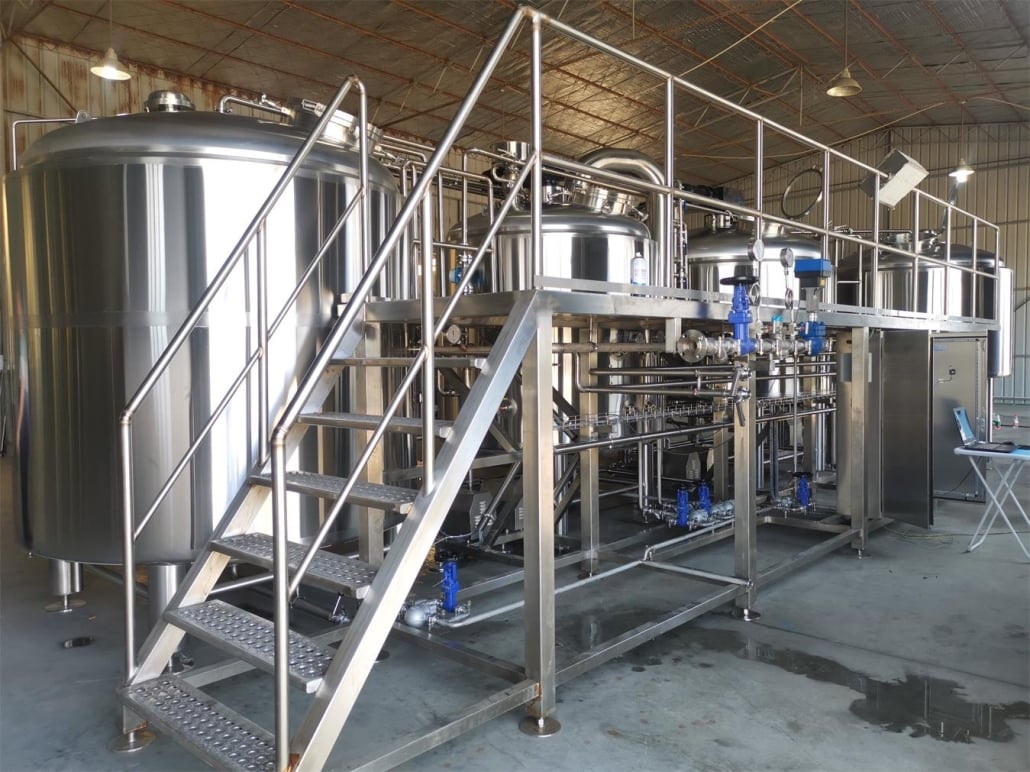
Installation, Operation, and Maintenance
| Aspect | Details |
|---|---|
| Installation | Requires professional setup for plumbing, electrical, and gas connections. |
| Operation | User-friendly interfaces with training often provided by suppliers. |
| Maintenance | Routine cleaning, inspection of seals, and calibration of sensors ensure longevity. |
How to Choose the Right Supplier
| Criteria | Why It Matters |
|---|---|
| Reputation | Choose suppliers with a proven track record in brewing systems. |
| Customization Options | Ensure the supplier offers modifications to fit your unique brewing needs. |
| Price Transparency | Avoid hidden fees and ask for detailed quotes. |
| Warranty and Support | Look for robust post-sale support and warranties. |
Pros and Cons of a 5 Barrel Brewing System
| Aspect | Advantages | Limitations |
|---|---|---|
| Size | Scalable for growing breweries. | May outgrow needs for larger operations. |
| Customization | Highly customizable to specific needs. | Custom features can drive up costs. |
| Cost | Affordable entry into professional brewing. | Still a significant investment for beginners. |
| Efficiency | Great balance between production volume and quality. | Limited to small-batch production. |
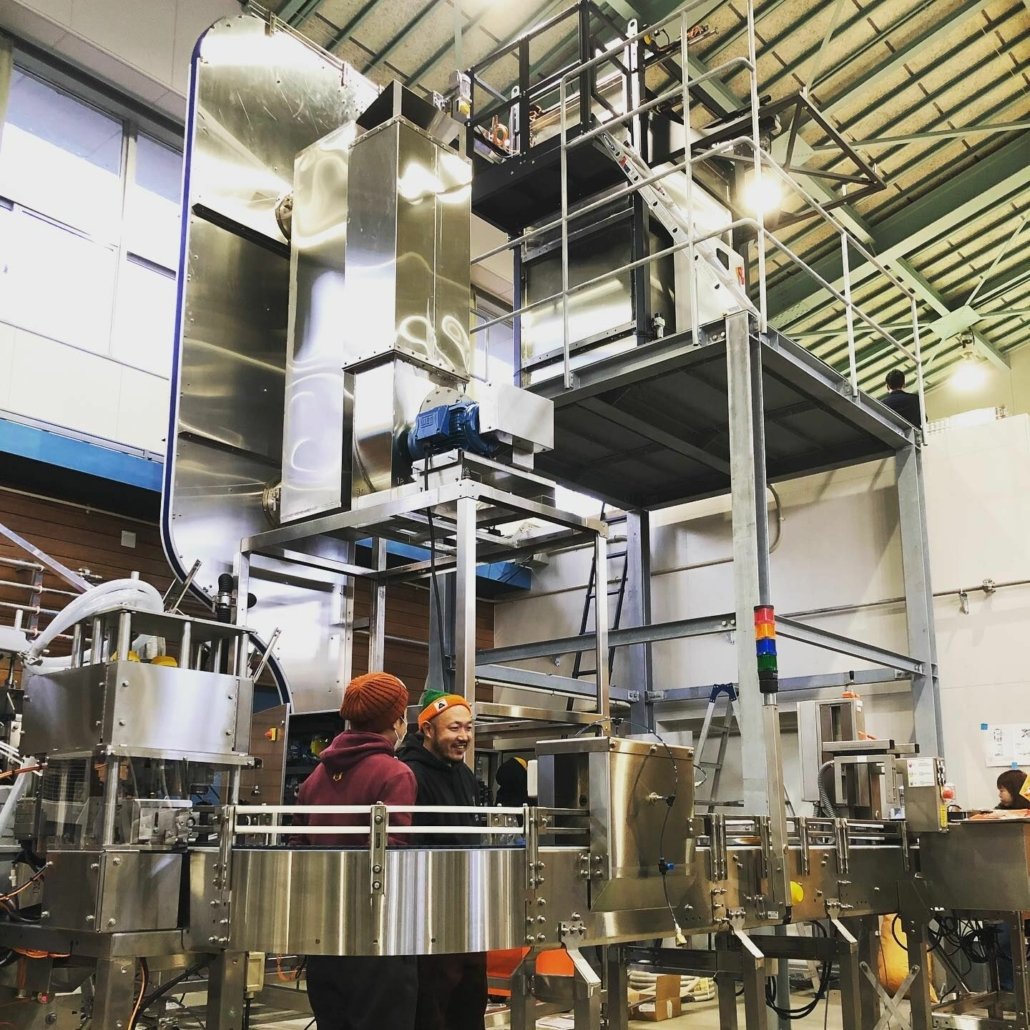
FAQs
| Question | Answer |
|---|---|
| What is a 5-barrel brewing system? | A setup that produces approximately 155 gallons of beer per batch. |
| Who should use a 5-barrel system? | Ideal for small to medium-sized breweries or those scaling up from home brewing. |
| How much does it cost? | Prices range from $25,000 to $60,000 depending on features and suppliers. |
| How do I maintain the system? | Regular cleaning, seal checks, and calibration are essential. |
| Can I customize my system? | Yes, most suppliers offer customizable features to meet specific brewing needs. |
Conclusion
A 5-barrel brewing system is the sweet spot for craft breweries looking to produce quality beer with scalability in mind. With the right setup, supplier, and maintenance routine, you’ll be on your way to crafting brews that leave a lasting impression. Ready to take the plunge? Dive into the world of 5-barrel brewing and let your creativity flow — one batch at a time!
Frequently Asked Questions (FAQ)
1) What brewhouse configuration works best for a 5 Barrel Brewing System?
- A 2-vessel (mash/lauter + kettle/whirlpool) is most common for cost/space efficiency. A 3-vessel adds throughput and lautering control for step mashes or high-gravity beers.
2) How many fermenters should pair with a 5 bbl brewhouse?
- Typical starting cellar: 3–5 unitanks (10–15 bbl total FV capacity). Aim for 2–3x brewhouse volume in fermentation to keep the brewhouse utilized.
3) What utilities are required for a 5 bbl system?
- Steam or direct fire, 208–480V electrical, glycol chiller (3–7 HP range), potable water with carbon filtration, trench/floor drains, and adequate makeup air/venting for boil-off and combustion (if gas).
4) How can I minimize dissolved oxygen (DO) on a 5 bbl line?
- Use deaerated water (DAW) for dilution, CO2 purge vessels/hoses, closed transfers FV→brite→filler, and verify with a DO meter. Target packaged DO ≤30 ppb (draft ≤20 ppb).
5) What labor/shift model supports a 5 bbl operation?
- One brewer can run 3–5 turns/week with smart CIP and scheduled cellar tasks. Add part-time packaging help on canning/kegging days to protect brew quality and safety.
2025 Industry Trends for 5 Barrel Brewing Systems
- Pressure fermentation at small scale: 0.5–1.0 bar spunding normalizes faster turns and natural carbonation.
- Mini-automation: PLC/HMI with recipe steps, VFD pumps, and semi-automatic lauter rake lifts reduce brew day length.
- Cold-side oxygen control: Closed transfers and DAW loops migrate from larger breweries to 5 bbl systems.
- Sustainability: Heat recovery to HLT, insulated vessels, and smart CIP cut water/chemicals and energy per bbl.
- Taproom-first economics: Direct sales and limited distro supported by compact canning lines (1–5 head) and brite tank scheduling.
5 bbl Brewhouse Benchmarks (2024–2025)
| Area | Metric | 2025 Target/Best Practice | Notes / Sources |
|---|---|---|---|
| Brewhouse efficiency | Mash/lauter extract yield | 82–88% with proper crush/lauter | MBAA guidance |
| Brew day length | Single turn incl. CIP | 6–8 hrs (2-vessel); 5–7 hrs with semi-automation | Vendor data |
| Water-to-beer ratio | Plant-wide | 3.0–3.8:1 with heat recovery + smart CIP | Brewers Association |
| Packaged DO | Increase FV→package | ≤10 ppb increase; ≤30 ppb at package | ASBC Methods |
| Cellar utilization | Turns per FV per month | 2.5–4.0 with pressure ferment + tight scheduling | Case studies |
| Energy | Kettle evap rate | 6–8%/hr balance DMS removal/energy | MBAA/DOE |
| Safety | PRV verification | Every 6 months with logs | OSHA/ASME practice |
Authoritative sources:
- Brewers Association (quality, sustainability): https://www.brewersassociation.org/
- ASBC Methods of Analysis (oxygen, VDK, micro): https://www.asbcnet.org/
- MBAA Technical Quarterly (brewhouse/cellar optimization): https://www.mbaa.com/
- U.S. DOE energy efficiency: https://www.energy.gov/
Latest Research Cases
Case Study 1: Pressure Fermentation to Expand Capacity on a 5 bbl Line (2025)
Background: A taproom brewery with a 5 bbl, 2-vessel brewhouse struggled to meet weekend demand.
Solution: Upgraded unitanks to 1.2 bar, introduced spunding at 0.7 bar near 1–2°P from terminal, tightened temp control to ±0.3°C, and standardized closed transfers.
Results: Tank turns improved by 15–20%; natural carbonation to 2.3 vol CO2; packaged DO consistently ≤25 ppb; sales met peak demand without adding tanks.
Case Study 2: Smart CIP Reduces Utilities on 5 bbl System (2024)
Background: High water and caustic usage, long changeovers between brews.
Solution: Conductivity- and temperature-driven CIP endpoints, riboflavin spray-ball validation on kettle/FVs, EPDM gasket standardization, and HLT pre-heat via heat recovery.
Results: CIP water −32%, caustic −20%, brew day shortened by 35 minutes; water-to-beer ratio improved from 4.8:1 to 3.6:1.
Expert Opinions
- Dr. Tom Shellhammer, Professor of Fermentation Science, Oregon State University
“Pressure capability and precise temperature control in 5 bbl cellars yield cleaner profiles, faster tank turns, and more consistent hop expression.” - Mary Pellettieri, Quality Consultant; author of “Quality Management for Craft Beer”
“Small systems still need big discipline—documented CIP, packaged oxygen monitoring, and forced VDK tests prevent costly rework.” - John Blichmann, Founder, Blichmann Engineering
“Design your 5 Barrel Brewing System for modular growth—tri-clamp ports, VFD-ready pumps, and sensor I/O let you add capability without re-piping.”
Practical Tools/Resources
- Brewers Association Quality Manual and Sustainability Benchmarking: https://www.brewersassociation.org/
- ASBC Methods (Beer-17 DO, Beer-25 VDK, turbidity/color): https://www.asbcnet.org/
- MBAA TQ articles on small-brewhouse lautering, whirlpooling, and CIP: https://www.mbaa.com/
- DOE calculators for heat recovery and pump/VFD savings: https://www.energy.gov/
- Yeast supplier tech sheets and calculators (Lallemand, Fermentis, White Labs) for pitch rates and pressure fermentation
Last updated: 2025-08-29
Changelog: Added 5 targeted FAQs for 5 bbl systems, 2025 trend insights with benchmark table, two recent case studies (pressure fermentation and smart CIP), expert viewpoints, and authoritative tools/resources.
Next review date & triggers: 2026-02-28 or earlier if BA/ASBC update DO/VDK guidance, DOE energy targets shift, or small-scale automation and DAW solutions materially change costs.
Share this entry
Interested in learning more about Brewing Systems including additional details and pricing information? Please use the form below to contact us!
YOLONG BREWERY EQUIPMENT FAQS
- Commercial Brewery / Craft Brewery / Microbrewery / Nanobrewery
- What is The Difference Between Craft Beer and Industrial Beer?
- The Bespoke Differences In Custom Brewing Systems
- Everything You Need to Know About Kettle Souring
- How to Choose Brewing Equipment for Your business?
- How To Choose The-Best Partner To Build Your Commercial Microbrewing System?
- Two Detection Sensors That You Need To Use In Your Brewhouse System
- Remote Control Applications in Brewing Equipment/How does it work?
- How To Clean Your Brand New Brewery Tanks?

